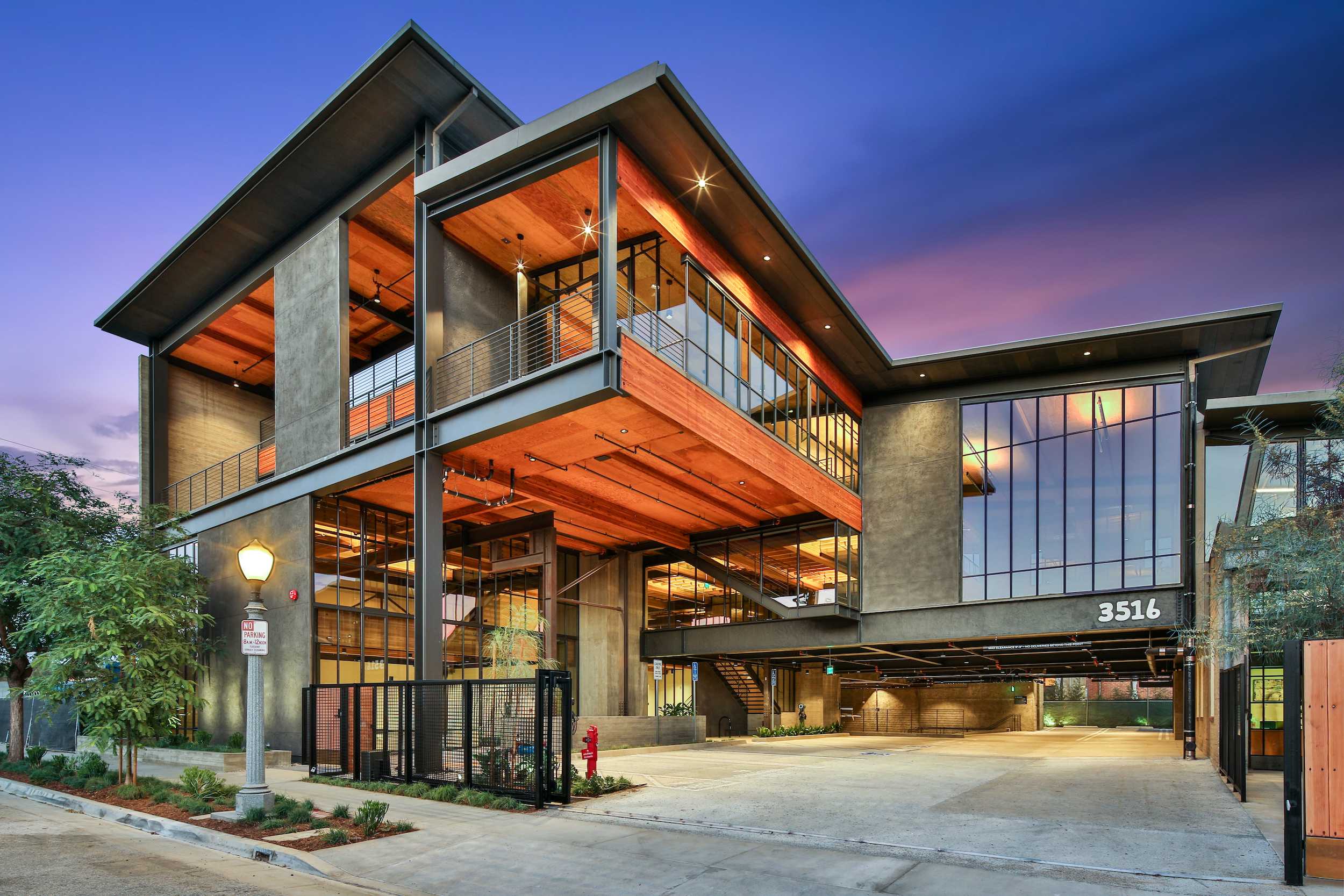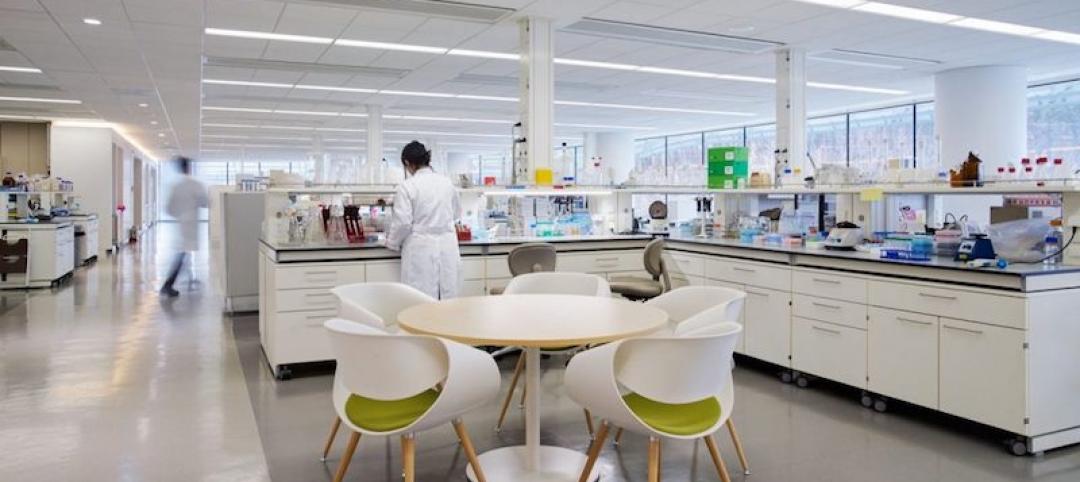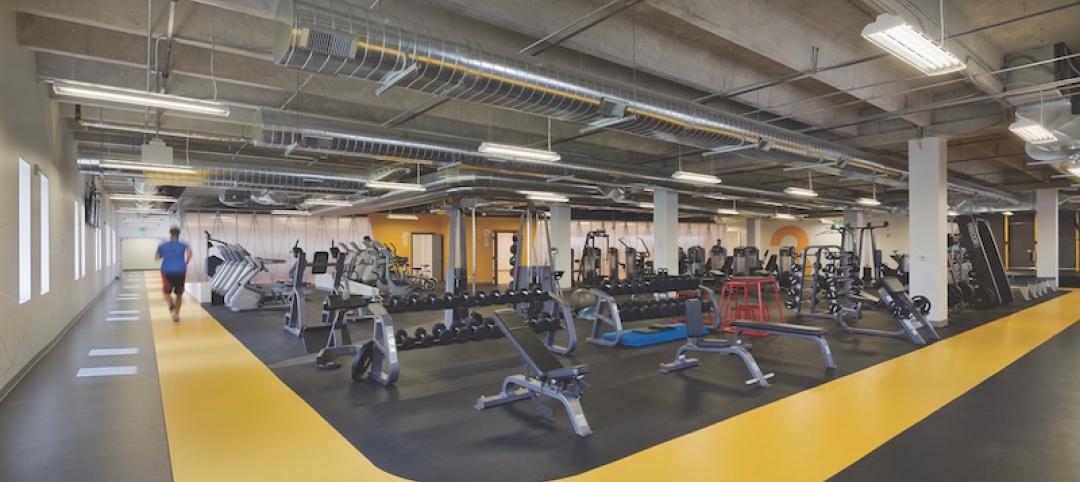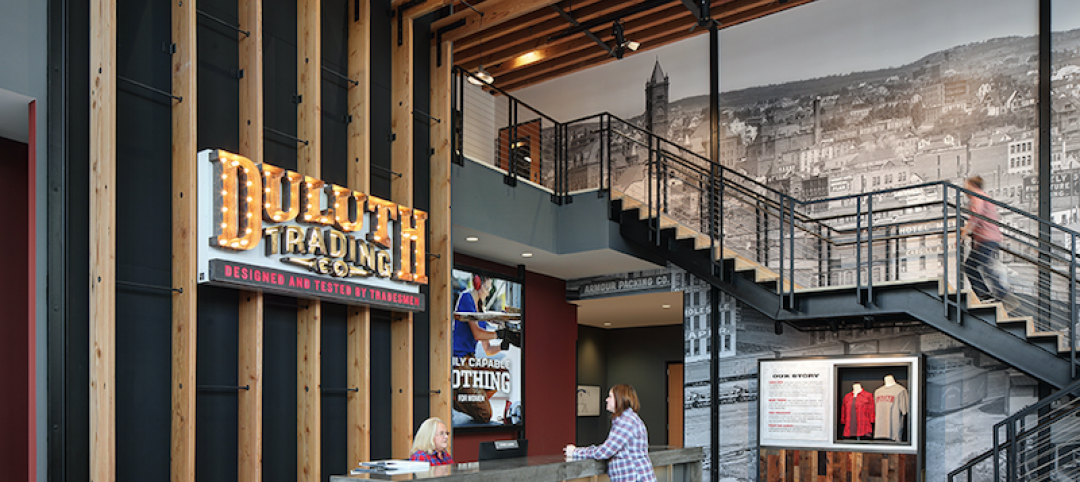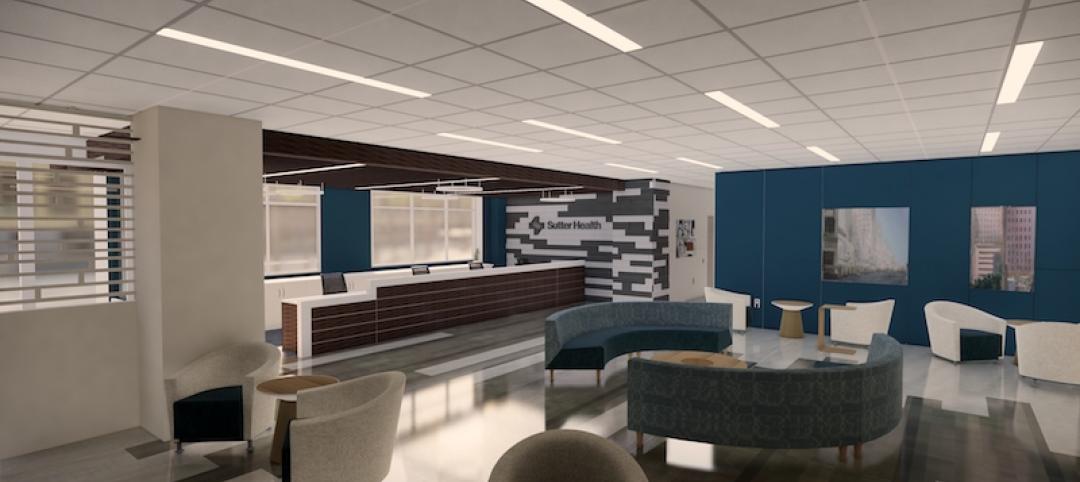In Culver City, Calif., Del Amo Construction, a construction company based in Southern California, has completed the adaptive reuse of 3516 Schaefer St, a new office property. 3516 Schaefer is located in Culver City’s redeveloped Hayden Tract neighborhood, a former industrial zone that has become a technology and corporate hub. In March, Los Angeles Business Journal gave 3516 Schaefer St the top Gold award in the commercial office category.
Owned by Redcar Ltd. and designed by RAC Design Build, with contract administration services from Formation Association, the three-floor property consists of about 25,000 sf of office and amenity spaces. In addition to 18-foot-high floors, the building’s features include a mix of open-floor work areas and conference rooms, a second-floor break room with kitchen space, a third-floor mezzanine area, private patios, outdoor decks on all floors, and a secured parking lot.
Originally, the project site included an existing single-story building that Del Amo Construction removed, as well as a crane-rail steel structure that was modified and incorporated into the new building. The new space, which is adjacent to Redcar’s two-story 3520 Schaefer St, provides an airy, low-rise structure with indoor-outdoor features, a sloping roof line, and an exterior of metal, glass, concrete, and wood.
3516 Schaefer St’s sustainable and energy-efficient components include custom steel windows and doors fabricated to allow for fresh air and ventilation, roof solar panels with a fully integrated photovoltaic system, variable refrigerant flow (VFR) HVAC, EnergyStar appliances, programmable Lutron lighting, three fully operational EV charging stations with eight additional pre-installed locations, bicycle parking, a stormwater capturing drywell system, and drought-tolerant landscaping.
On the Building Team:
Owner/developer: Redcar Ltd.
Design architect and architect of record: RAC Design Build
MEP engineer: AMA Consulting Engineering
Structural engineer: Glotman Simpson
General contractor: Del Amo Construction
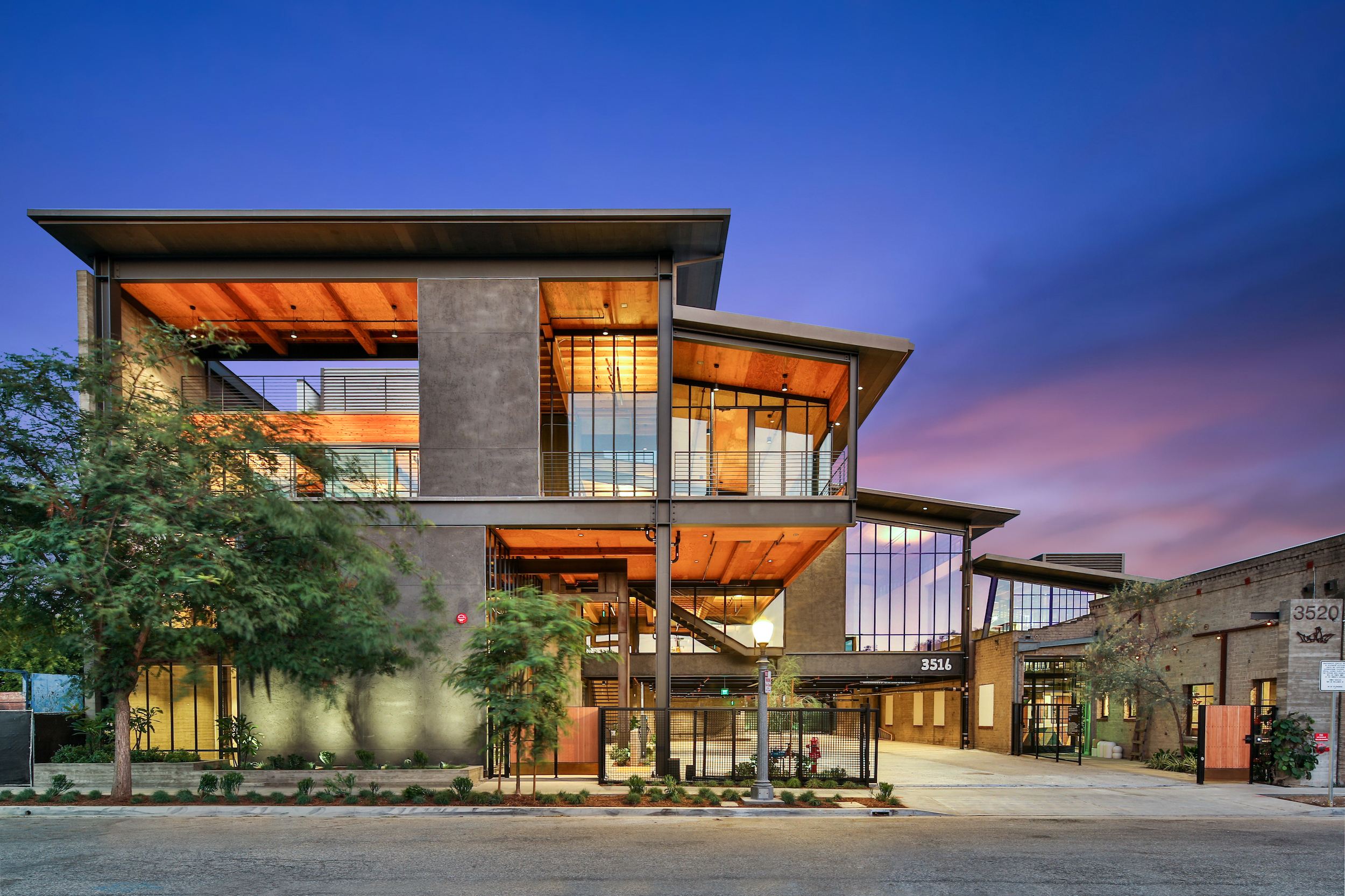
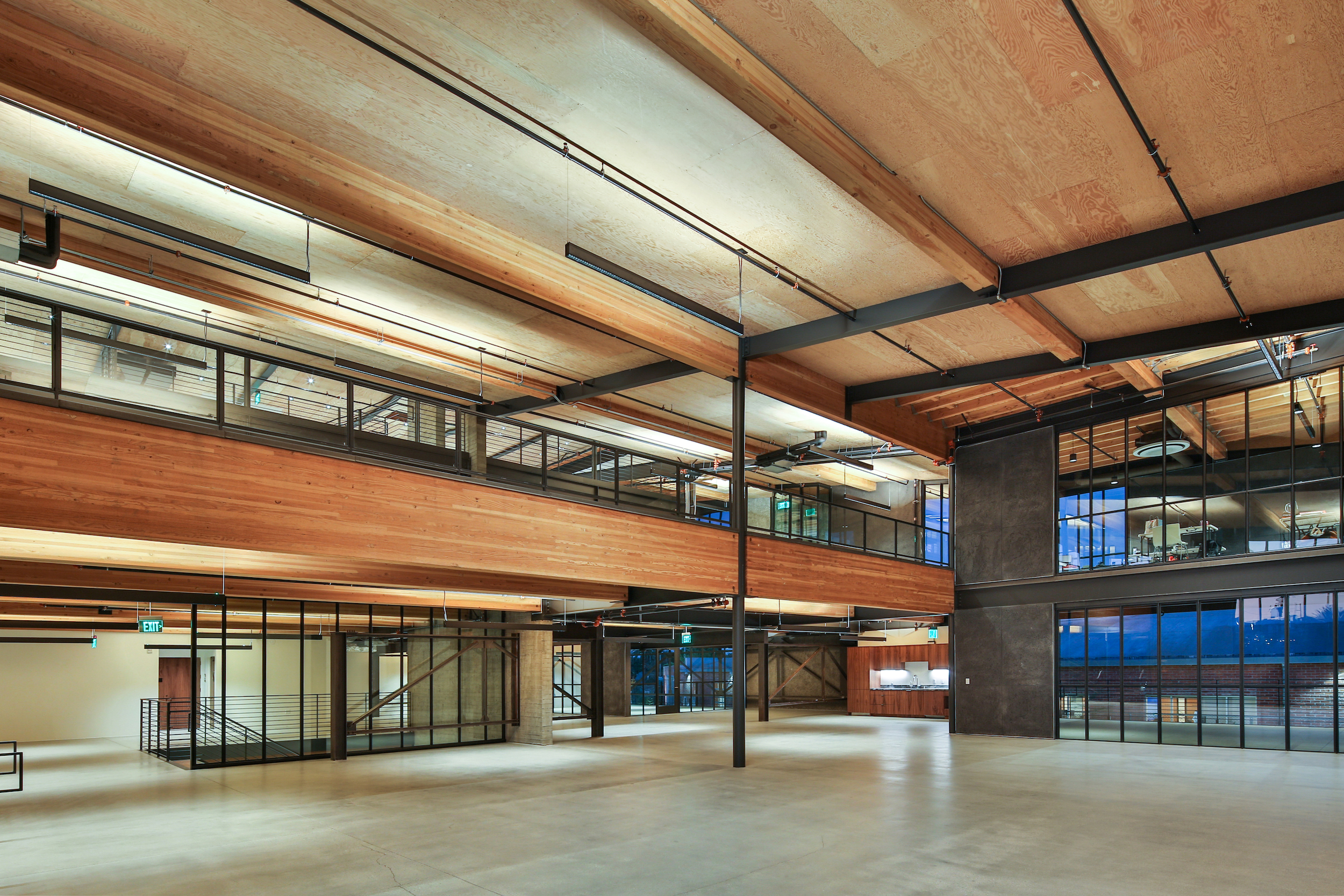
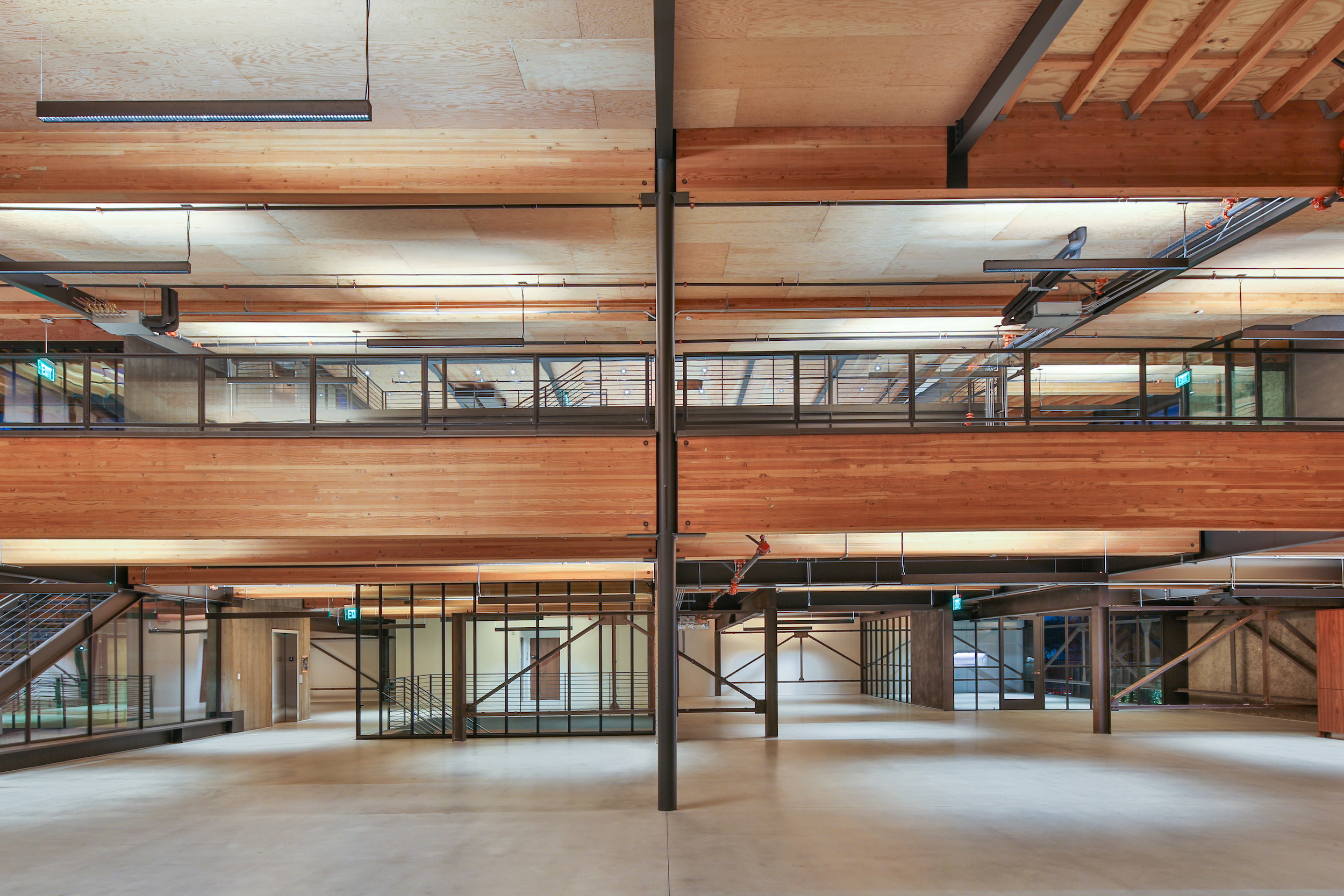
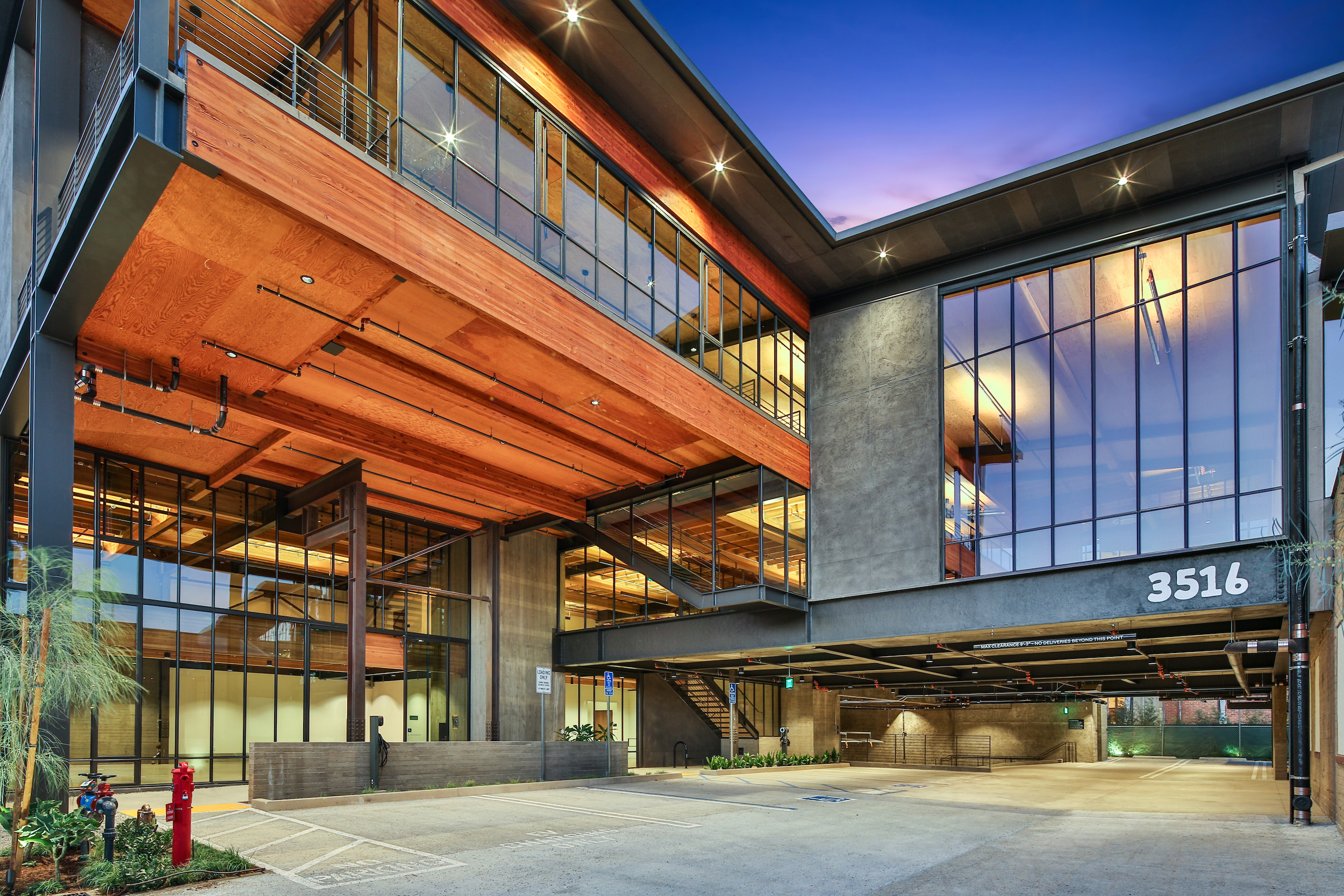
Related Stories
Office Buildings | Apr 8, 2019
Denver office building features 13,000 sf green roof
Dynia Architects designed the building.
Office Buildings | Apr 5, 2019
2019 trends in the workplace
From retention and career advancement to the ethics of inclusion and diversity, these five trends will play a major role this year in design, strategic planning and workplace development.
Industrial Facilities | Mar 10, 2019
The burgeoning Port San Antonio lays out growth plans
Expansions would accommodate cybersecurity, aerospace, and defense tenants, and help commercialize technologies.
Office Buildings | Mar 6, 2019
How to leverage design and culture’s two-way relationship for better workplaces
The relationship between workplace design and company culture isn’t all that different from a tango.
Office Buildings | Feb 15, 2019
A healthier perspective: Office developers bet on wellness amenities to attract top-notch tenants
Owners and developers are driving demand for wellness features and practices—active stairways, biophilia, enhanced air quality, etc.—as one more way draw tenants.
Office Buildings | Feb 15, 2019
Vancouver’s new office building will be a stack of reflective boxes
OSO and Merrick Architecture designed the building.
Office Buildings | Feb 11, 2019
Real-world wellness pays off
3form, a materials manufacturer, did a top-to-bottom remodel of its Salt Lake City headquarters campus that included adding a 14,500-sf gym.
Office Buildings | Feb 5, 2019
Duluth Trading Company moves to new HQ building
Plunkett Raysich Architects designed the project.
Interior Architecture | Jan 14, 2019
To get more involved earlier in projects, a leading furniture dealer launches a firm for commercial interiors construction
Vantis is positioned to integrate design with offsite customized fabrication.
Office Buildings | Jan 11, 2019
Open offices are bad!
The Harvard studies on the unintended effects of open office defines it as space where 'one entire floor was open, transparent and boundaryless… [with] assigned seats,' and the other had 'similarly assigned seats in an open office design, with large rooms of desks and monitors and no dividers between people's desks.'


